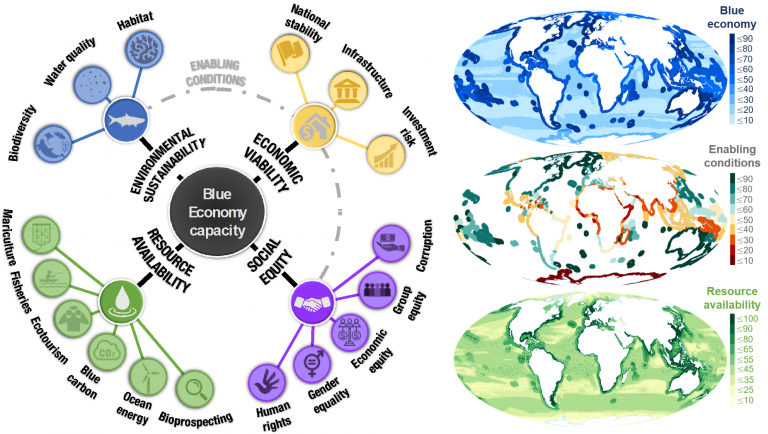
The future of an equitable and sustainable global ocean, or “Blue Economy,” depends on more than natural or technological resources. A new study finds that socioeconomic and governance conditions such as national stability, corruption and human rights greatly affect different regions’ ability to achieve a Blue Economy — one that is socially equitable, environmentally sustainable and economically viable.
A paper published March 17 in Nature by the University of Washington-based Nippon Foundation Ocean Nexus Center suggests how different parts of the world might begin to achieve these goals.
“When ocean or coastal development is planned, decision-makers focus on available data to inform their decisions. The fact is, we have a lot more data about resources than about how development will actually impact the people who bear the risk and maintain the stewardship of the area,” said co-author Yoshitaka Ota, a UW research assistant professor of marine and environmental affairs.
Ota directs the Nippon Foundation Ocean Nexus Center, launched in 2020 by The Nippon Foundation and UW EarthLab as a 10-year program to transform ocean governance so oceans benefit everyone equitably.
Read more at UW News »
